A period is an expression of health. When our reproductive system is working smoothly, our menstrual cycle should arrive without much trouble - but this isn’t the case for a lot of us ladies. It’s important we understand that by paying attention to our cycle we can learn a lot about our health.
Premenstrual Syndrome, often referred to as PMS, is a common issue and quite an umbrella term for what can be a huge list of symptoms; that include emotional and physical changes in the lead up to our period. This may include irritability, bloating, sleep disturbances, breast pain, acne, tiredness, food cravings or headaches. It is suggested to impact, to a distressing state, up to 20% of us ladies, making it quite a common concern (1).
Often, there is a relationship between PMS and sex hormone levels; namely, either decreased progesterone, increased estrogen, or both. Our hormones are constantly changing - but there's a flow we want to encourage, which gives that defined menstrual and follicular phase, ovulation and luteal phase (the three parts of our menstrual cycle), and appropriate hormonal levels across each (2).
We want estrogen to be the dominant hormone at the start of your cycle (rising across the follicular phase), and then after ovulation progesterone should be the dominant hormone. They counterbalance each other, helping provide respite from traditional PMS symptoms. However, in order to make progesterone, we must ovulate (release an egg). But if we’re not ovulating we’re not making progesterone.
Ways to explore whether or not we’re ovulating include: temperature (after ovulation our body temperatures rises by about 0.3 degrees, which is maintained until our period; a few consecutive days of measuring this is enough to know you have ovulated). Additionally, fertile mucus, cervix position, ovulation test strips, a mild twinning pain, breast tenderness or abdominal boating (2).
Encouraging our ideal natural hormone flow - estrogen
By keeping estrogen in check, and avoiding estrogen excess, we may be able to help prevent symptoms of PMS. Here are some tips:
Up your brassica veggies. These include broccoli, cauliflower, kale, cabbage, brussel sprouts. They contain high levels of substances needed for efficient estrogen detoxification.
Reduce alcohol and inflammatory dietary components e.g. excess sugar.
Increase plant foods: they contain a plethora of nutrients unique to plants, like vitamins, minerals, phytochemical and antioxidants, that aid liver detox.
Encouraging our ideal natural hormone flow - progesterone
Progesterone production can be impacted a few ways, where we may not make enough, or any, at all. This can include:
An anovulatory cycle → where we don’t make progesterone
In situations of high stress → where we don’t make enough. Our reproductive and stress hormones share the same precursors i.e. building blocks. When under stress, the female body will prioritise stress hormones - and so our body will produce less progesterone.
To aid yourself here: really look at ways of minimising stress. This will help your body free up raw materials your body needs to make your calming progesterone hormone.
Look into breathing exercises to calm your breath, restorative exercise like yoga or pilates, keeping on top of work, putting in work boundaries…
Nutrition + general period health
Make sure to eat enough! Eat meals that leave you comfortably satisfied. Food = nutrients + energy for the body, but quantity is key too as it sends important messages to our reproductive systems that we’re in an environment that can support the growth of a human.
Focus on diet quality. In order for our cycle to function optimally it needs certain nutrients, and these are found most concentrated in natural, whole foods. Aim to enjoy these kinds of foods, most of the time.
REFERENCES
1) Premenstrual Syndrome and Premenstrual Dysphoric Disorder: Issues of Quality of Life, Stress and Exercise. (n.d.). SpringerReference. doi:10.1007/springerreference_73444
2) Briden, L. (2017). Period Repair Manual. MacMillian.


